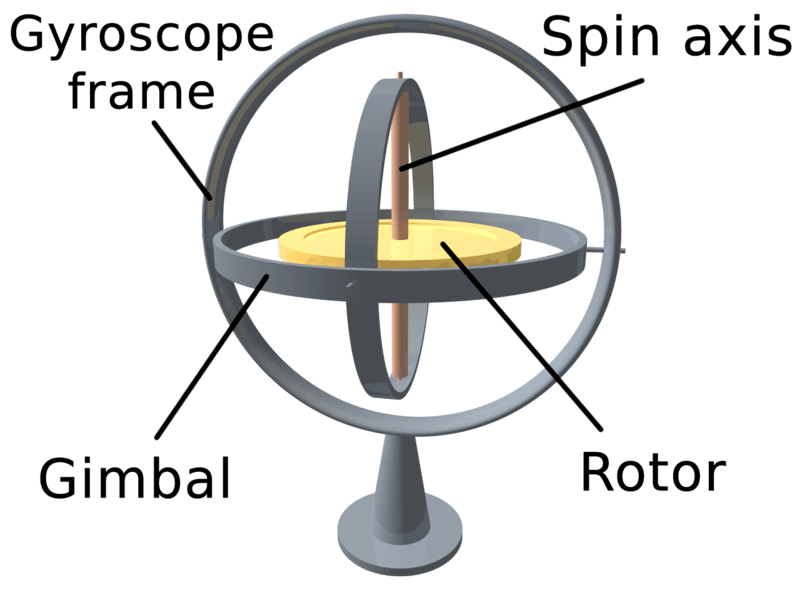If you’re out flying your RC helicopter or even up in a real one, what happens if the engine fails?
Luckily, chances of plummeting to the ground like a rock are slim. Thanks to the art of autorotation, a skilled pilot can safely glide their helicopter in for a smooth landing.
An autorotation is simply the ability of a helicopter to land safely without engine power by using the stored rotational energy in the rotor blades to produce lift just before landing.
During an autorotation the helicopter pilot manipulates the pitch of the rotors to take advantage of the airspeed provided by the helicopter’s descent, to sustain operational RPM. Just before landing, the pilot ‘flares’ producing momentary lift and landing safely.
What that means in English is that when a helicopter loses power and starts falling back towards earth, the pilot changes the pitch of the main rotors so the air rushing through them will speed them up.
Think of it like the wind turning a wind turbine, but in this case, the airspeed generated from the downward descent turns the rotors of the helicopter allowing the pilot to maintain a fast enough rotor RPM to provide lift and allow for a safe landing.
Here’s a more detailed explanation of how an autorotation works:
How An Autorotation Works
The principles of how an autorotation work are pretty simple. You simply swap potential energy (height of heli) for kinetic energy (speed of rotors).
The rotational force and angle of attack of your rotor blades provide lift at a positive pitch angle.
During an autorotation, the rotors are moved to a negative pitch angle to build up speed (kinetic energy) and keep them spinning in a forward direction as your RC helicopter descends.
As your helicopter gets near the ground, you quickly change the pitch angle from negative to positive (flaring) and the kinetic energy built up in the rotors provides enough lift to glide it softly to the ground.

The key to a successful autorotation is flaring (changing pitch from negative to positive) at the just-right time.
Since the flare uses the last of the remaining kinetic energy in the rotors, it needs to be timed perfectly. If you flare too late, your heli will hit the ground hard and if you flare too early, your RC helicopter will run out of kinetic energy and plunge the rest of the way to the ground.
During a controlled autorotation, you’ll ideally want some forward airspeed when practicing your autos – it provides for a clean air path and will help generate more rotor RPM and a slower descent.
What You Need To Auto – RC Helicopter Specs
You need two things (besides pilot experience & skill) to perform an autorotation on your RC helicopter..
The first is that you need collective control of your heli, so cheaper fixed pitch RC helicopters can’t do an autorotation. In the event of a power loss, their rotors will stop spinning fairly quickly and the heli will fall to the ground like a rock.
For that reason, many small mini or micro-electric RC helicopters can’t perform an autorotation, but then there’s no real need for them to have to.
With a well-kept electric heli, it’s extremely unlikely that you’d ever need to perform an autorotation, because, unlike a nitro or gas RC helicopter, the motor won’t quit all of a sudden. The batteries will slowly lose power and the rotors will slowly stop spinning, giving you ample time to land safely – even with lipo batteries.
The second thing your need to perform an autorotation is way to allow the main rotor shaft to spin freely from the rest of the gearing/motor or drive assembly.
This is accomplished by a one-way beating on the rotor shaft – if the motor clunks out or locks up, it doesn’t matter because the one-way bearing will allow the main shaft and rotors to continue to spin and build up speed during an autorotation.
Some RC helicopters also have a driven tail during an autorotation, meaning that the gearing is set so the tail will continue to spin during an auto allowing you to maintain tail control.
The downside to a driven tail is that it uses up energy that would otherwise go to spinning the main rotors faster, and the faster the main rotors are spinning, the easier the auto is to land.
And driven tails aren’t really necessary during an autorotation because there is no rotational torque to counteract, but if you need to get the heli turned around to a better orientation, it can be nice to have.
Even though you may never need to perform an autorotation because your engine quits or your batteries crap out, it’s an extremely important skill to have in your arsenal for that one time you might need it.
If you have access to a simulator, it’s always best to practice on it first before taking it out to the field. If you don’t get the timing just right, a hard landing could result in a boom strike or total annihilation.
Happy flying!
by Chong Tuzzo





